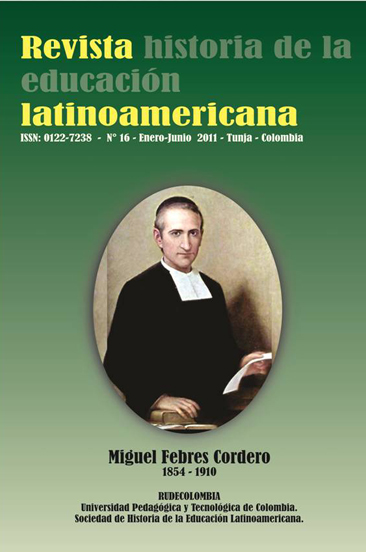THE USE OF CATECHISMS IN TEACHING CATHOLIC RELIGION IN THE NEW-GRANADINO PERIOD AND IN THE UNITED STATES OF COLOMBIA 1831-1886

Abstract
This article is the result of a research on the project “ The teaching of Catholic Religion in in the XIX century in the Nueva Granada and in the United States of Colombia” . it offers a review, a description and analysis about the main cathecisms. Some of them were authorized by the President from the Sovereign State (Cundinamarca 1882), and others by the Archibishop from Santa Fe de Bogotá (Monsignor Manuel José Mosquera 1843), and after the Political Constitution of 1886 and the concordat of 1987, the Archibishop from Santa Fe de Bogotá Monsignor José Telesforo Paúl S.J. (1886) and Monsignor Bernardo Herrera (1896). The main objective of this study is pointing out the direct participation of priests from the Jesus Company ( The Jesuits), in the construction of a Catholic Educative Project of XIX century as well as the direction of seminario Colegio de San Bartolomé, schools owned by the authorship of main cathecisms, evangelization and the practice of being the Archibishops from Santa Fe de Bogotá.
Keywords
Journal of Latin American Education History, catechisms’, religious texts, religious teaching and catholic education.